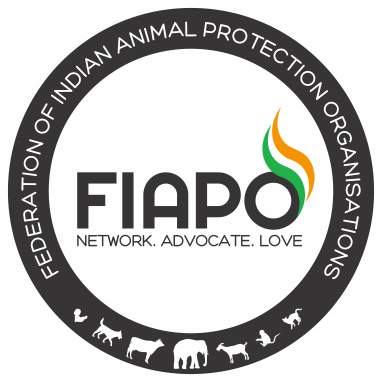The argument for Bloody Milk (Petit Paysan in French) with its theme of loved, but endangered cattle, to have been a part of the competition section of the ongoing Pune International Film Festival is strong. An award-winning debut by French filmmaker Hubert Charuel, the film comes at a timely moment as it could add a new angle to the gau rakshak discussion in India if it drew a wider audience.
Competently made and humane (the director is the son of dairy farmers), the film – which was shown earlier at the International Film Festival of India (IFFI) – throws up questions that have yet to be systematically raised in India about cow protection. And were they to be raised, what would our response be?
That the film’s protagonist Pierre – a young man in his mid-thirties – adores his cows is stamped on the viewer’s mind from the film’s very first images. The opening shots show Pierre asleep; then comes the sound of the morning alarm; the last shots of his dream before waking up – massive, dappled cows, all in his bedroom, jostling. Then reality; his eyes open and he gets up and goes to check out on his animals.
That’s the regular start to his day. Pierre lives alone on his farm house with his sturdy herd of 30 dairy cattle. They are his world, his life, they make his day. He cares for them, grazes them, milks them, tests the quality and quantity of their milk, labels them, cleans and feeds them, fondly embraces them and attends to births – all by himself.
As he says, it’s the only job he has ever known – and done. It keeps him active and content. His sister is the local vet, and his elderly parents (whose cattle he now looks after) live not too far away.
So far so good. But then one of his cows – Topaz – falls ill, and that’s when the downward spiral begins. Pierre asks his sister Pascale to check her out, but at first glance she finds nothing seriously amiss. E. coli, she calls it.
But it is of course more than E. coli. The cow has given birth, and now she has fever and is bleeding from her back. A worried Pierre checks the internet. The symptoms appear grave: they could indicate an incurable, contagious epidemic that has begun in Belgium and spread to France.
As a routine in France, all cattle are registered with the local government. So are their births, deaths and maladies. If the government were to learn of how this cow has died, it would immediately take the extreme step of slaughtering the entire herd as a precautionary measure – for transmission of this (probably fictional) disease is rapid and deadly.
Tension mounts. Initially, Pierre does not want to believe that his cows are at risk. They are well-built, look healthy and normal. But what does one do with a bleeding cow? And how does one hide the problem from the health inspectors? In despair, and with a heavy heart, he axes the fatigued animal at night, and burns the carcass in a trench in the field. In a bid to save his livestock, he removes the labels with the registration numbers that are attached to her ears and plugs them onto another cow. When the authorities come in, they count. One cow is missing. How come? A poor liar, Pierre says it wandered off. Oh yeah? Surely that can’t happen. Not in France. There are forest guards everywhere. Do you think we are dickheads? What happened, they ask. I ate her, answers Pierre!
It’s a losing battle. The loving Pierre (who carries the new calf into his living room and places her on the sofa – that’s the extent of his love for the little one) must kill another infected animal the next night. His nervousness is obvious in the tension in his voice and movements, and in the film’s tight editing. He loses it with his friends too, turns wholly anti-social.
“Is there anything more than cows in your life?” asks a buddy in mockery and hopelessness. No, there isn’t. Not now, not before. Pierre lives in a bovine world. “He awaits the birth of a calf as one would a daughter,” writes critic Pamela Pienezza.
Pierre may be an edgy young man, but of his cattle, his love, he is proud. So will he bow to the inevitable? To the slaughter of his animals? But who will kill them? He or the authorities? Does his overpowering love of his cows entail that their dying is in his hands?
In India, the debate around the cow has widened from saving the cow to who will look after her and how, once her milk dries up. Corporates appear to be zooming in on providing for animal shelter as part of their CSR. But a move is also on to issue identity cards, akin to Aadhaar, to cows and buffaloes too which will enable them to be tracked, vaccinated, treated.
But what if a similar situation were to arise here? What if a killer epidemic strikes? And spreads fast – not just to milch cows but to other animals? In France, the authorities are tough and rigorous on issues of animal health. In India, the questions may be somewhat different: who will decide on the course of action in case of an epidemic? The government? The cow owners? The vigilantes?
Date : 22 Jan 2018
Source : https://thewire.in/215795/bloody-milk-indirectly-poses-hard-questions-indias-gau-rakshaks/



